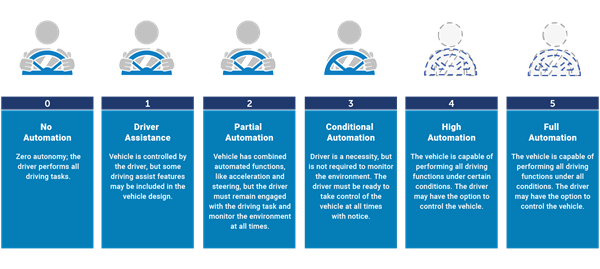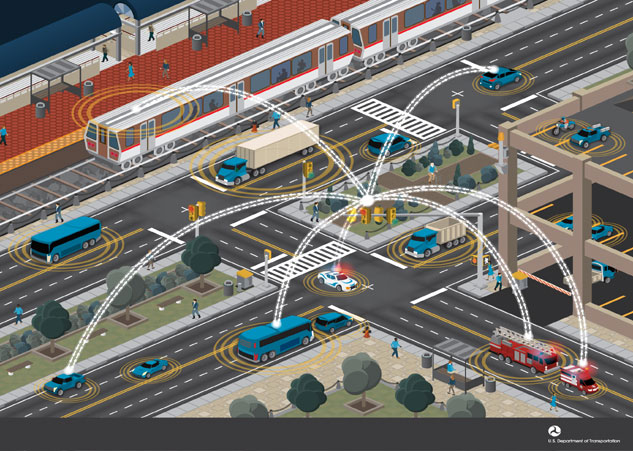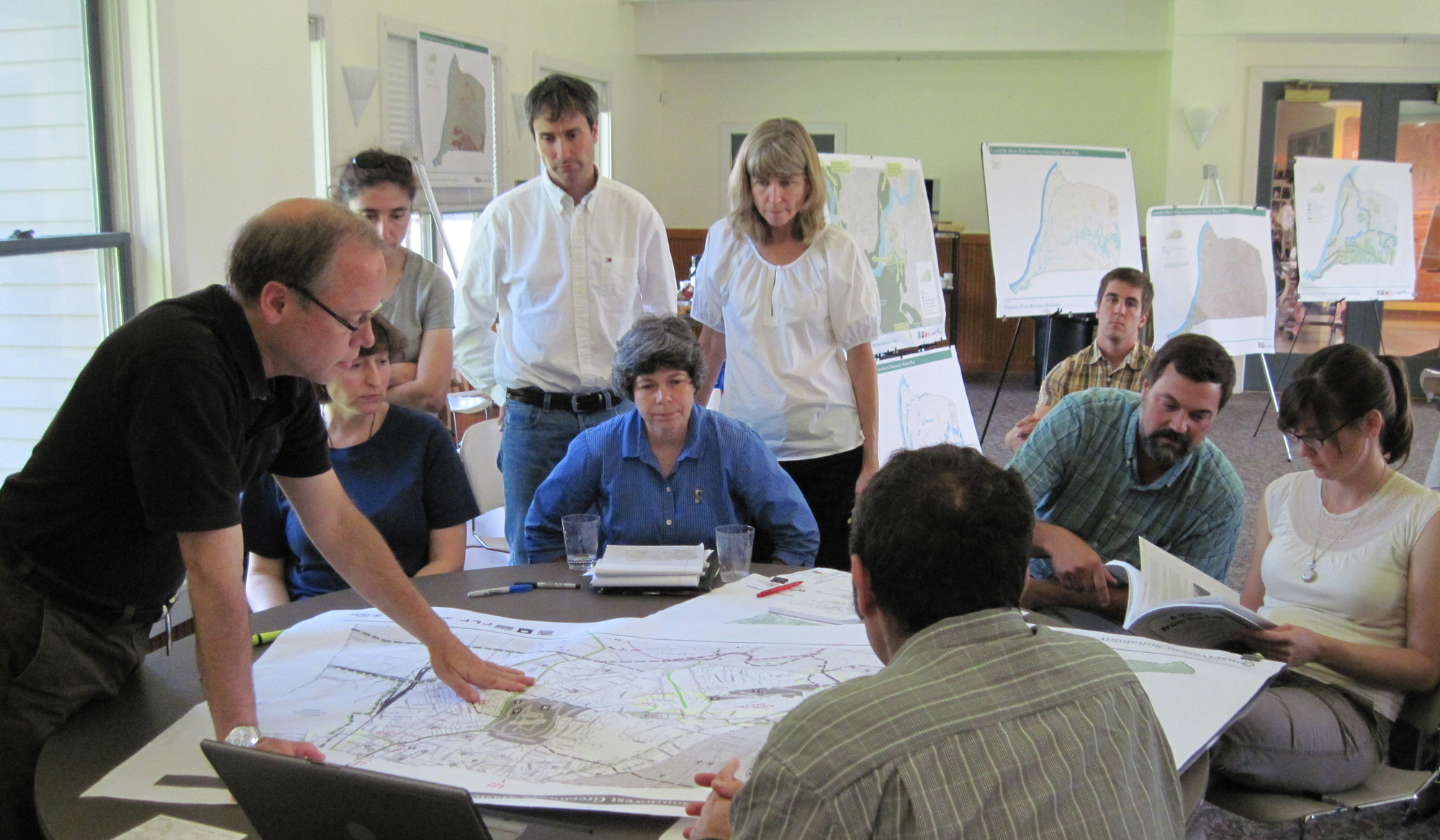While advances in automated vehicle technology are rapidly reshaping the world we live in, it is more than likely that fully autonomous vehicles—or cars that are 100 percent self-driving—won’t be commonly available until around 2030. While this long-view timeline is somewhat uncertain, there are steps that DOTs and communities can take in terms of land use planning and transportation infrastructure to prepare for the next 15 to 20 years so that any advances will be useful—regardless of what the near- and long-term brings.
Both GS&P’s Land Planning and Transportation teams work in concert to help DOTs and communities plan for changes in mobility that include automated vehicles. I serve as a senior land planner in our firm and recently had the opportunity to discuss the subject with Andy Lucyshyn, GS&P’s director of Intelligent Mobility. In today’s post, I share some highlights of that conversation.
Steve Hohulin (SH): There are many different terms for cars that can drive themselves, but what is the difference between an autonomous car and an automated vehicle?
Andy Lucyshyn (AL): The U.S. Department of Transportation’s National Highway Traffic Safety Administration has defined five levels of automation that distinguish automated cars from autonomous vehicles. Level 1 represents an automated vehicle that includes some driving assist features, while Level 5 indicates a fully autonomous car capable of 100 percent driverless operation. At full automation, there are no provisions for human control such as a steering wheel or pedals.

Although these fully automated vehicles aren’t expected to deploy until about 2030, between now and then we will have vehicles that feature different levels of automation. And it’s happening at incremental stages. Partially automated features available today include advanced driver assistance components such as automatic emergency braking, adaptive cruise control, lane keeping/lane centering assist, self-parking and rear cross-traffic alert. We also have connected vehicles—another term used for automated vehicles that are similar but not quite the same—which can communicate with one another or with roadside devices wirelessly.
(SH): How does our Transportation consultancy help DOTs and communities prepare for fully automated vehicles?
(AL): In terms of things that can be done right now, it is important to consider that the automated vehicle world is driven almost entirely on the vehicle manufacture’s side—whether it’s a semi-truck or a BMW. And the technologies they’re creating are specific to them. So, from a Transportation consultancy perspective, other than accommodating those vehicles on our roadways and prioritizing their safety, there is not much we can do at this stage.

We do, however, have the ability to support local agencies and communities in a connected vehicle environment. One of the ways in which we do this is through vehicle to infrastructure (V2I) or vehicle to everything (V2X) Intelligent Transportation Systems (ITS). The V2I technologies allow traffic signals to communicate with passenger vehicles as well as capture vehicle-generated traffic data and provide wireless information from the infrastructure to the vehicle that inform the driver of safety, mobility or general road conditions. An example of V2X is a vehicle communicating with a smartphone app used by a pedestrian. Having a strong telecommunications infrastructure in place is the best way for DOTs and local agencies to prepare for connected vehicles in the future.
(AL): How is our Land Planning consultancy approaching the advent of fully automated vehicles and their impact on the community?
(SH): Currently, we are exploring how to balance the entire spectrum of transportation modes—from public transportation to fully automated vehicles—which is a critical component in how we prepare a community. Good planning principles are vital, too, in terms of accounting for uncertainty and anticipating the disruptive effects of technology. When automobiles first became the “silver bullet” to our transportation needs, highway systems went into place. One of the things that wasn’t considered at that time was the unintended consequences of highways on the communities they cut through.
Today, planners need to think through the unintended consequences of infrastructural decisions associated with fully automated vehicles, especially in an urban environment where there is only so much space. And how that space is apportioned is critical for the transportation systems as well as the quality of life and the functionality of the land uses around them.

(AL): In your opinion, if a community doesn’t plan for the arrival of automated vehicles, will it impact the overall success of that community?
(SH): If you look at the course of history, every time there has been a major technological advance in transportation, it has created impacts on the urban environment. And how a community responds to the advent of fully automated vehicles is going to determine how disruptive the impacts will be this time. A community’s planning in terms of transportation infrastructure, land use, and even water and wastewater infrastructure could significantly affect the degree to which that community benefits or not from this major shift in mobility.
(AL): I agree. And if you wait until you think you know what the technology is, you’re probably going to be too late. Ultimately, you must plan ahead and do things now that aren’t technology specific—focus on the needs and issues of a community, have a robust communications infrastructure in place, and perhaps most importantly, be ready for any rapid changes in technology. Let’s face it, 20 years ago, who knew that the smartphone would forever change our culture?